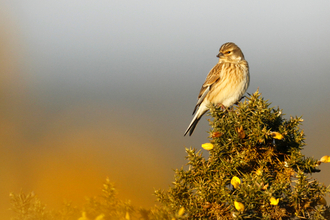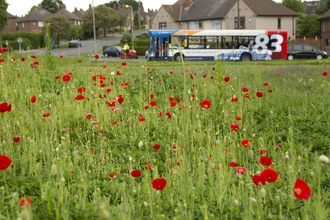©Philip Precey
Fat hen
Fat hen is a persistent 'weed' of fields and gardens, verges and hedgerows. But, like many of our weed species, it is a good food source for birds and insects.
Scientific name
Chenopodium albumWhen to see
June to OctoberSpecies information
Category
Statistics
Height: up to 1mConservation status
Common.


